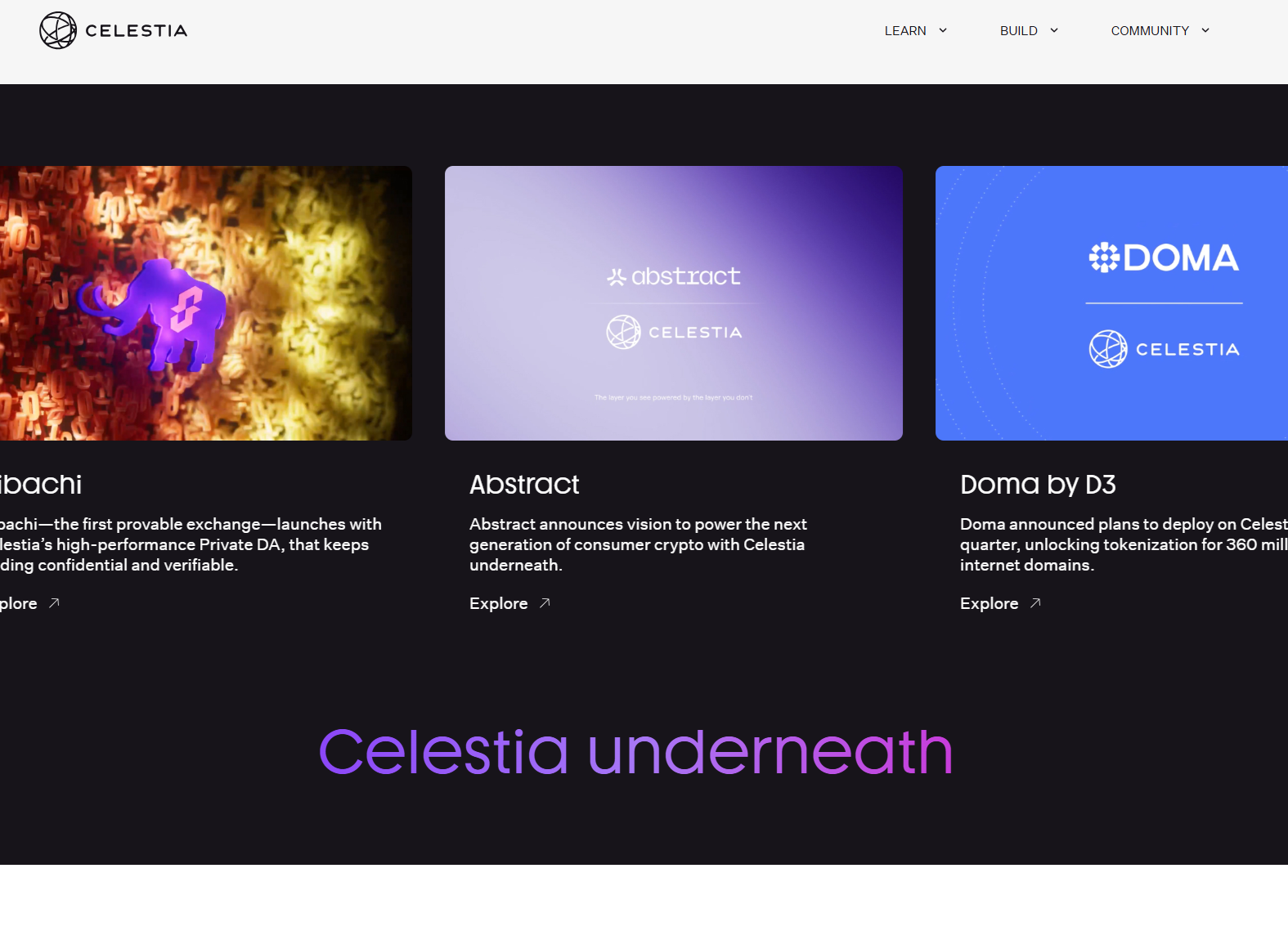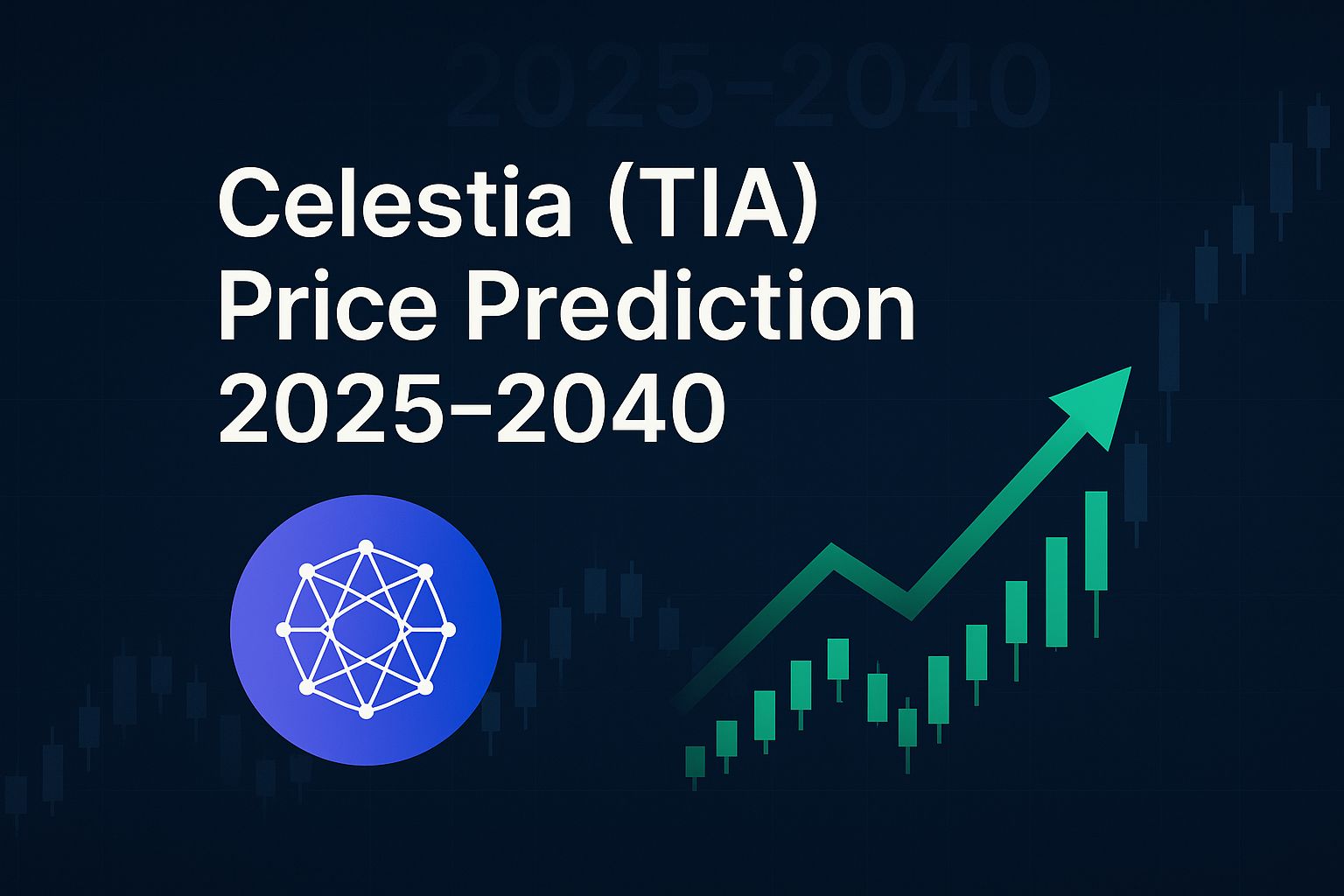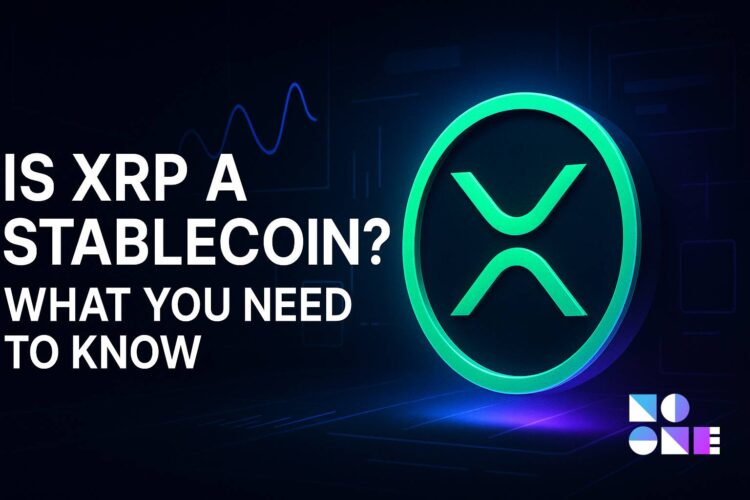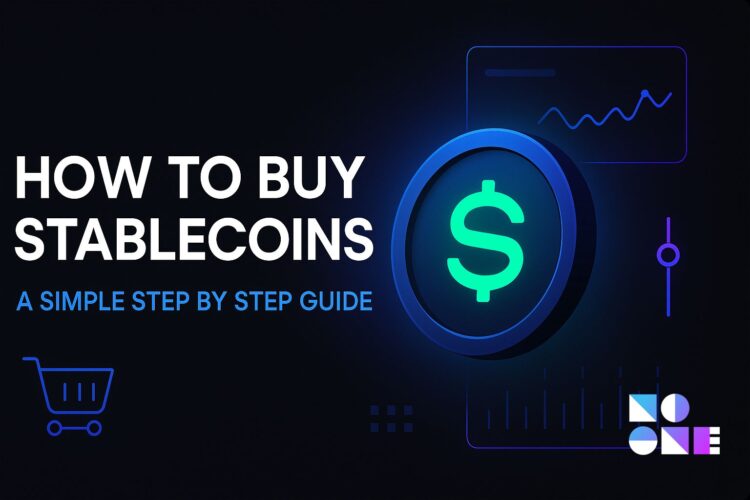Celestia (TIA) — Price Prediction 2025–2040
Disclaimer: This content is for general information purposes only and should not be treated as investment advice. Cryptocurrency markets are extremely volatile and unpredictable. Always do your own research before making investment decisions.
Introduction
With rising interest in modular blockchain architecture, Celestia (TIA) positions itself as a pioneer for scalable blockchain networks. Unlike monolithic blockchains, Celestia decouples execution from consensus and data availability, enabling developers to build isolated, fast, and secure rollups or sovereign chains that rely on Celestia for consensus and data availability.
This report provides a scenario-based price outlook for TIA through 2040, examining the project's fundamentals, adoption prospects, and price drivers.
Secure your Celestia (TIA) from the start with Noone Wallet — the trusted non-custodial wallet for buying, storing, and managing your crypto assets confidently.
What is Celestia (TIA)?
Celestia is a modular blockchain that focuses on consensus and data availability while leaving execution and settlement to rollups and sovereign chains. Its design aims to simplify the creation of scalable, secure blockchains without forcing developers to bootstrap a full consensus network.
Key features
- Modular architecture: Separation of consensus, data availability, and execution for scalability.
- Data Availability Sampling (DAS): Enables nodes to verify that data is available without downloading everything.
- Rollup support: Optimized to serve as the DA/consensus layer for rollups, sovereign chains, and sidechains.
- Developer flexibility: Allows teams to deploy blockchains without creating a new consensus layer from scratch.
Celestia aspires to be the foundational data-availability and consensus layer in a modular blockchain stack, enabling many execution layers to build on top.

Price prediction (2025–2040)
Year | Price target (USD) | ROI |
|---|---|---|
2025 | $1.80 | +82.6% |
2027 | $1.40 | +42.0% |
2030 | $3.90 | +296% |
2035 | $8.50 | +762% |
2040 | $15.00 | +1,421% |
Year-by-year rationale
2025 — $1.80 (near-term)
If rollup adoption and modular infrastructure momentum accelerate, Celestia could see a rebound toward $1.80. Short-term upside would be supported by developer onboarding and projects choosing Celestia for data availability.
2027 — $1.40 (consolidation)
A post-cycle consolidation could bring TIA to about $1.40. Adoption may continue, but macrocycles and competitive dynamics could temper price growth.
2030 — $3.90 (broader adoption)
By 2030, if modular architecture becomes mainstream and major rollup ecosystems (e.g., large Layer-2s) integrate Celestia for DA, TIA could reach $3.90, driven by sustained protocol usage and network effects.
2035 — $8.50 (scale & enterprise)
With broader enterprise and developer uptake, plus many sovereign chains relying on Celestia, price could climb to $8.50 as demand for data availability and consensus services scales.
2040 — $15.00 (bull / stretch)
In a long-term bull case where Celestia becomes a cornerstone of the modular blockchain internet, TIA might reach $15.00. This requires wide ecosystem adoption, technological maturity, and favorable macro conditions.

Price history (selected highlights)
Date | Price (USD) | Event / Reason for change |
|---|---|---|
Oct 2023 | $2.30 | Token release and initial exchange activity |
Dec 2023 | $9.50 | Peak excitement around modular blockchain narrative |
Mar 2024 | $5.70 | Correction after initial hype and profit taking |
Jul 2024 | $3.20 | Growing developer activity and ecosystem grants |
Jan 2025 | $1.50 | Post-bull market stabilization |
Oct 2025 | $0.9857 | Current price during consolidation phase |
Celestia’s early lifecycle shows initial hype, profit-taking, then gradual ecosystem development—typical for infrastructure projects.
Analysis
Celestia’s long-term prospects hinge on several interacting factors:
- Developer adoption: usefulness and ease of building rollups/sovereign chains.
- Rollup ecosystem integration: meaningful usage by major Layer-2 projects would materially increase demand for DA services.
- Technological improvements: advances in DAS, staking/security, and tooling.
- Competition: alternative DA and modular approaches (including improvements in monolithic chains and other modular projects).
- Macro & crypto cycles: bull/bear markets strongly affect token price independent of fundamentals.
Short-term volatility should be expected; sustained appreciation depends on repeatable on-chain usage and network effects.
FAQ
Is TIA a good investment?
This is not financial advice. Celestia provides a technically compelling modular approach to scalability. Success depends on developer and rollup adoption as well as competitive dynamics, so it may be attractive to investors seeking infrastructure exposure but carries substantial risk.
What could TIA be worth in 10 years?
Under the scenarios above, TIA could be roughly $8.50 by 2035 if Celestia captures widespread modular infrastructure usage.
Can TIA reach $20?
Possible but it would require dominance of data availability and rollup services across a large portion of the blockchain ecosystem. That outcome depends on execution, integration, and favorable market conditions.
Should I buy TIA today?
At the reference price (~$0.9857), some long-term investors may find exposure to modular infrastructure appealing. Always verify live market prices, assess your risk tolerance, and diversify.
What are the main price drivers?
- Developer & project adoption on Celestia.
- Growth of rollup ecosystems that rely on Celestia’s DA layer.
- Technological advancements (e.g., improved DA sampling, tooling).
- General crypto market cycles and Layer-2 competition.
Conclusion
Celestia (TIA) proposes a paradigm shift toward modular blockchains by separating consensus and data availability from execution. If modular design becomes widely adopted, Celestia could play a foundational role in Web3 infrastructure—potentially driving significant long-term token appreciation. However, this outcome carries execution, competition, and macro risks. Treat the scenarios above as structured possibilities (conservative → baseline → bullish), not certainties, and always cross-check live metrics before making decisions.
Celestia (TIA) is supported in Noone Wallet — buy, hold, and manage it securely while keeping full control of your private keys.



